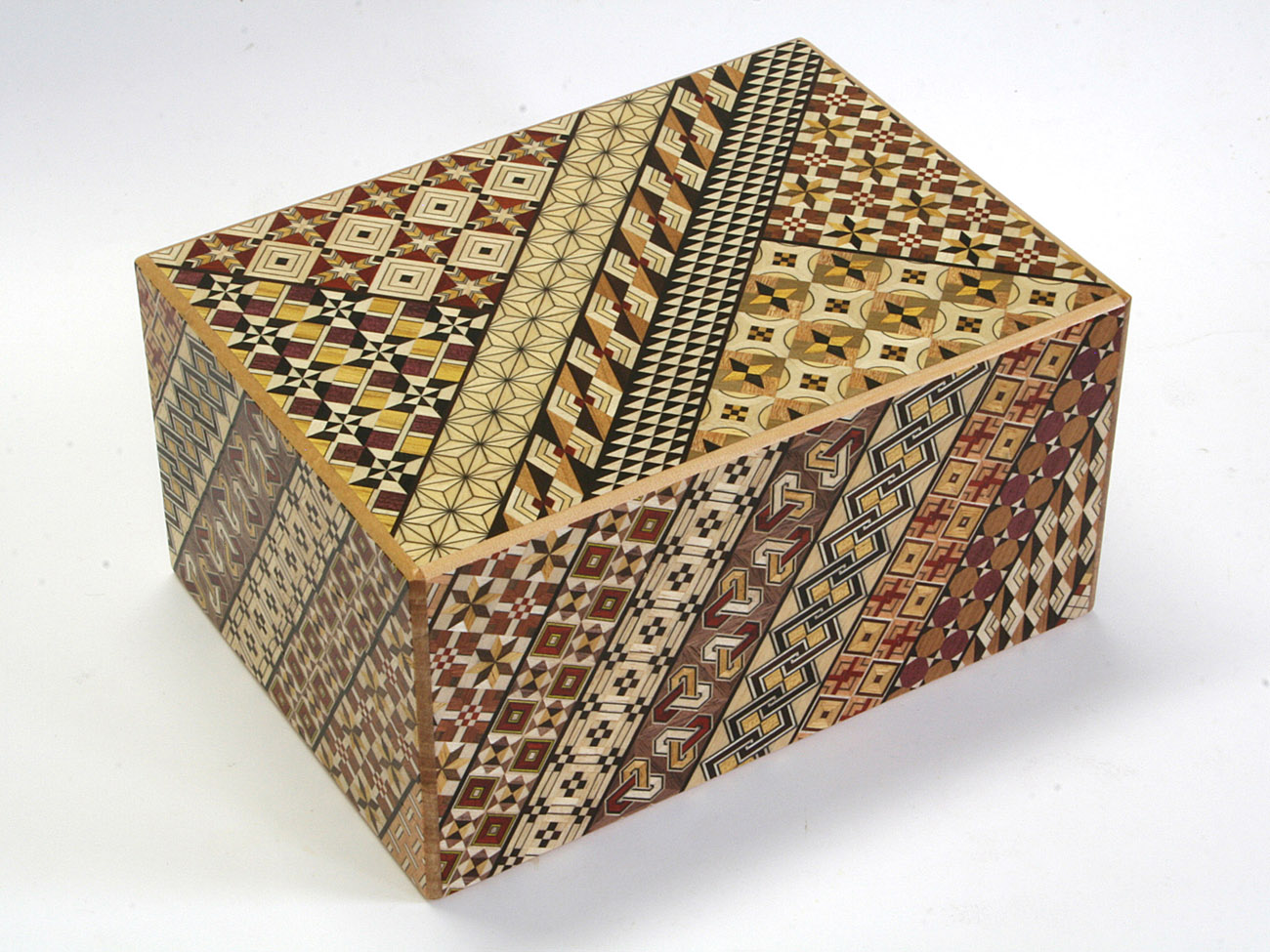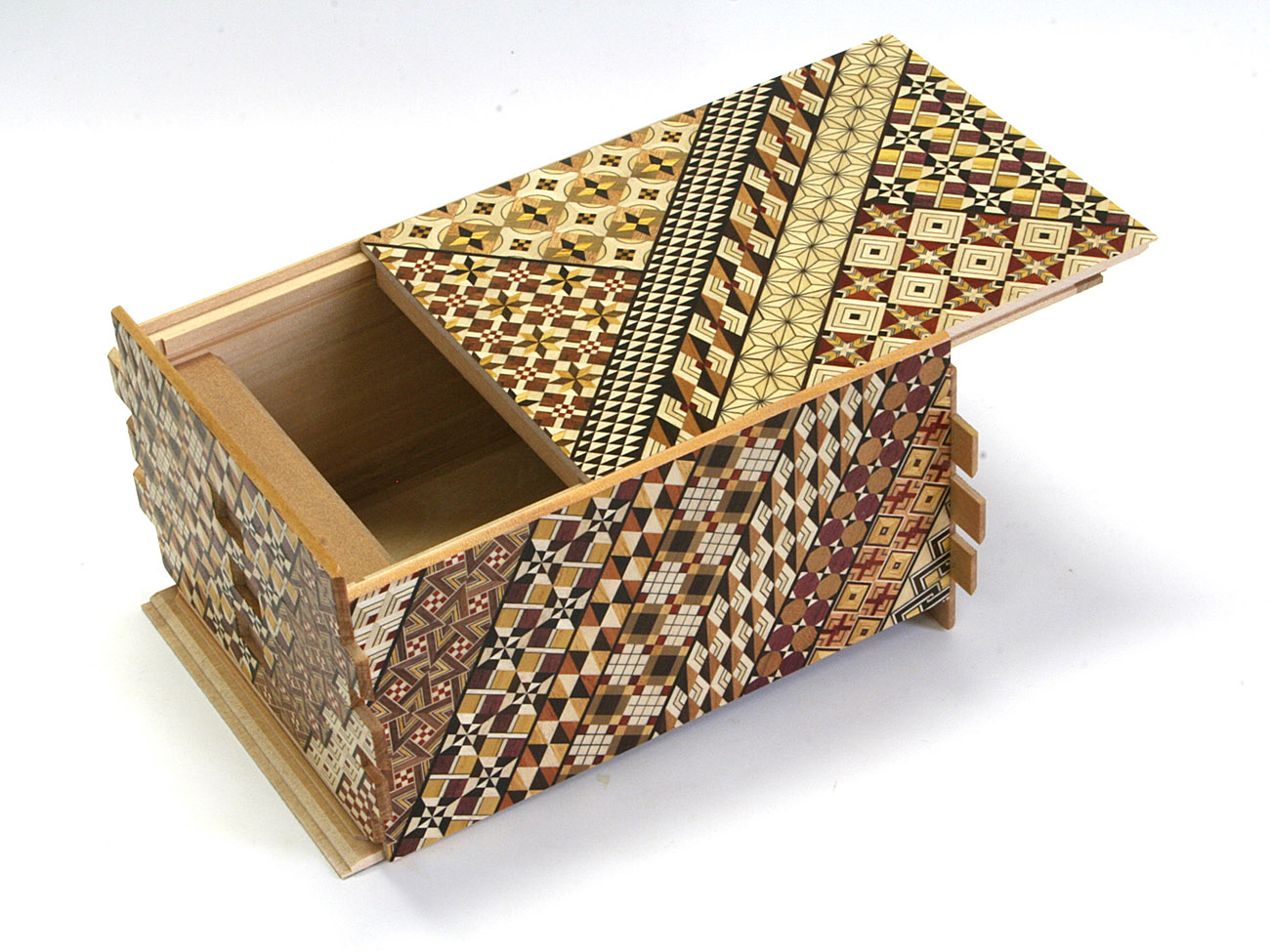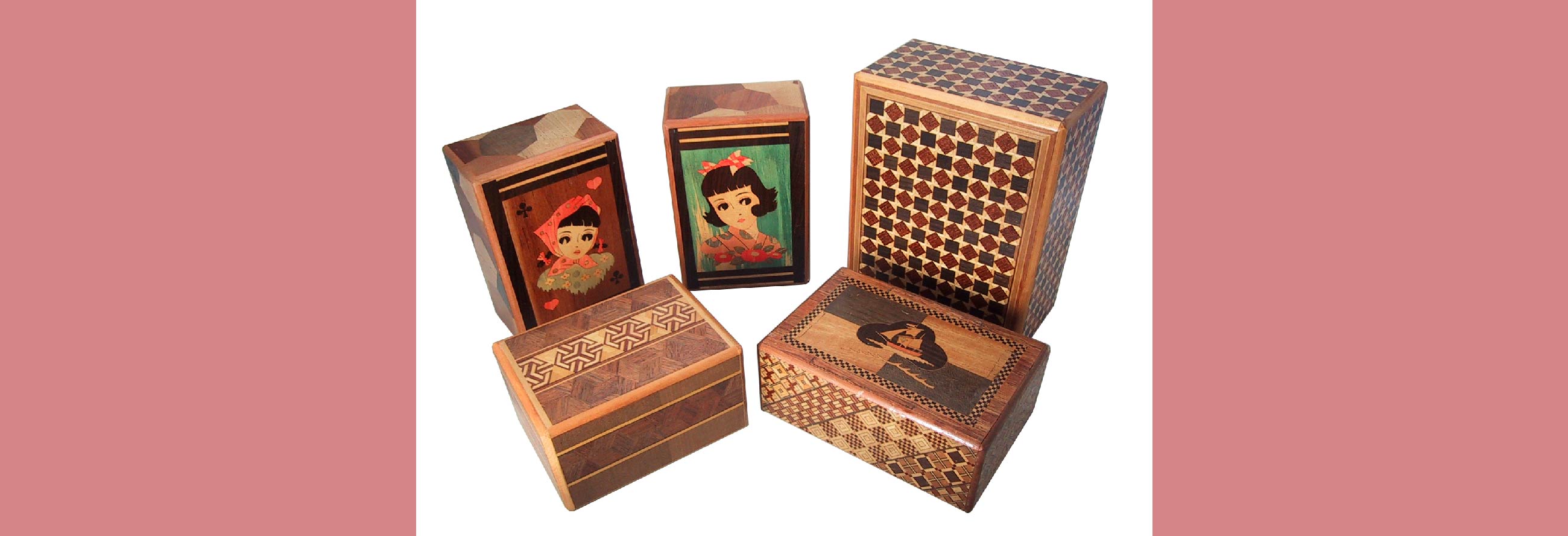


The techniques of marquetry are part traditional Japanese culture that began in the late Edo period and has been handed down by craftsmen. They were designated as traditional crafts by the Japanese government in May 1984.
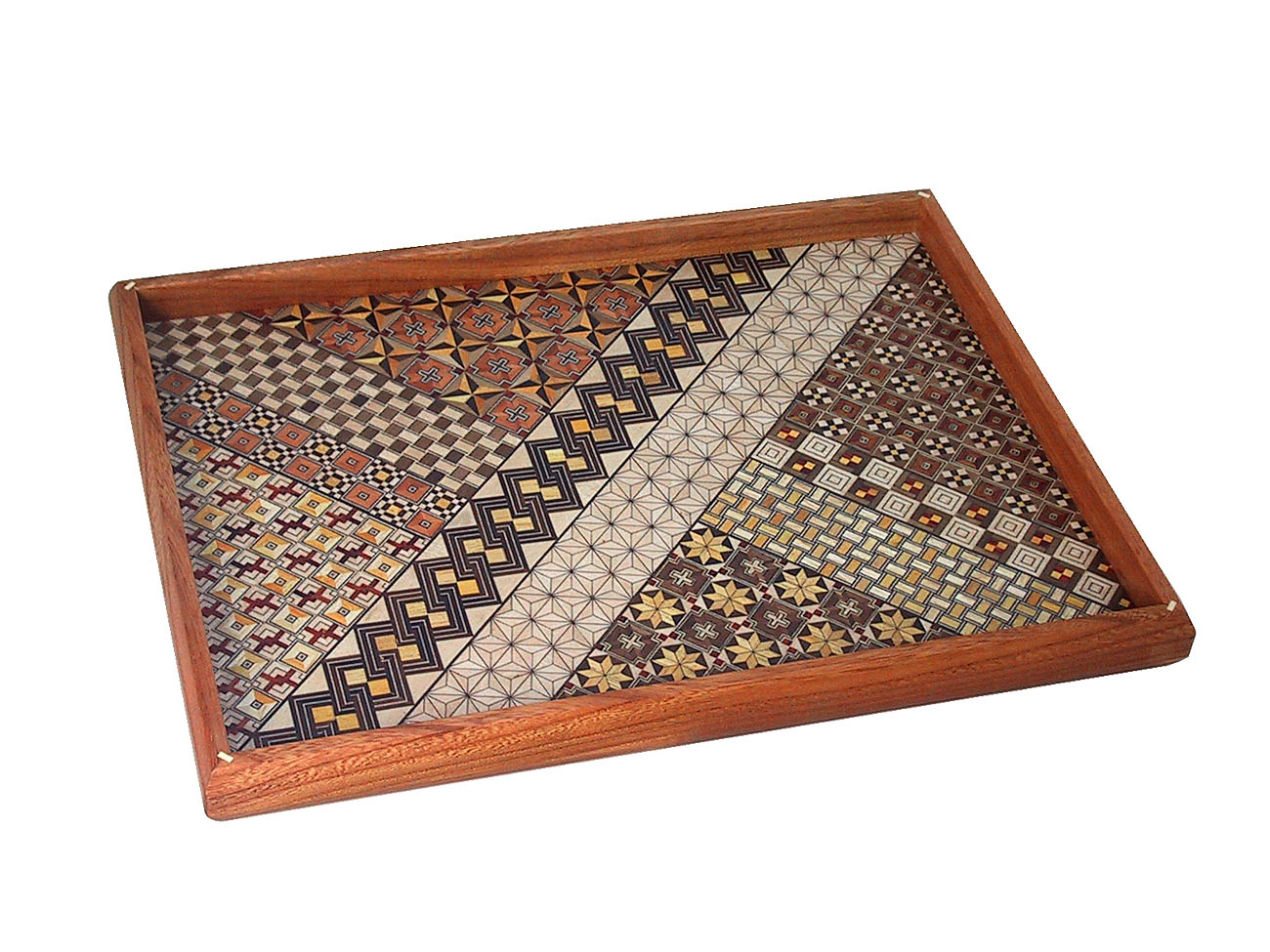
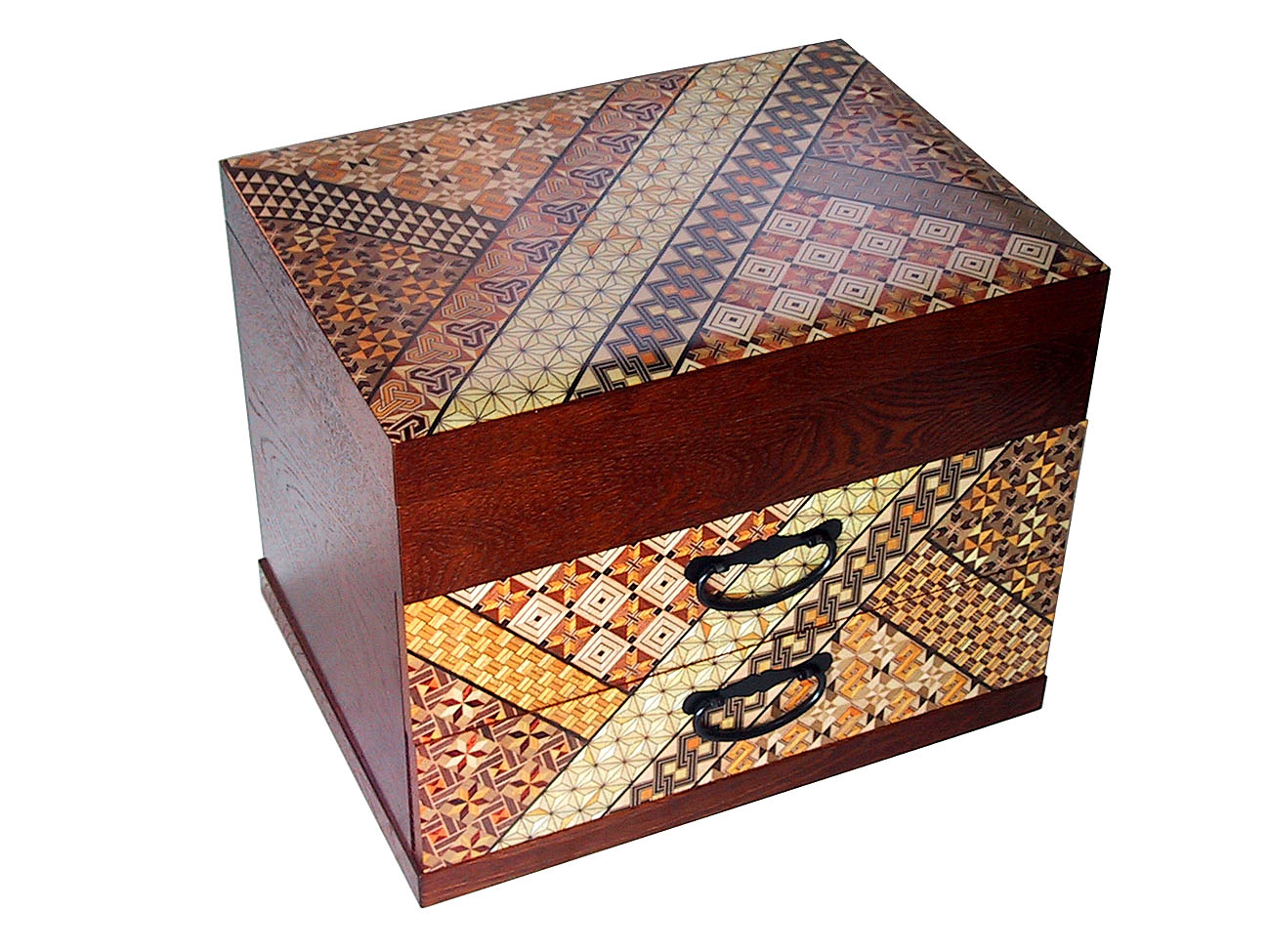
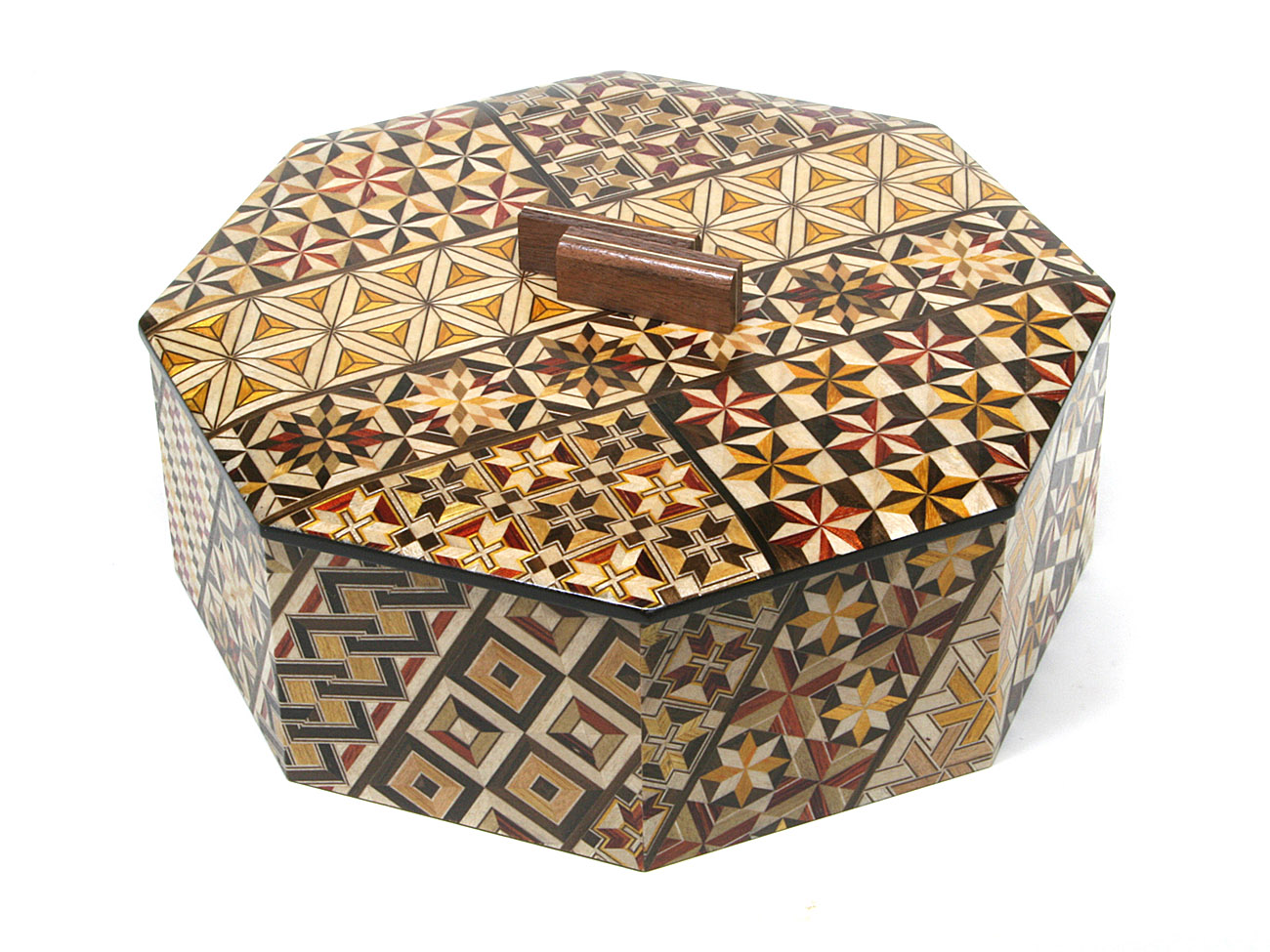
The areas where marquetry thrive are Hakone and Mount Hakone, along with Mount Arashi in Kyoto and Mount Daisen in Tottori, and these are regions in Japan that abound in tree species. Hakone marquetry is a wood craft that is unparalleled in Japan, featuring the natural colors of various trees against the background of this blessed natural conditions to create precise geometric patterns and is used for products such as small boxes.
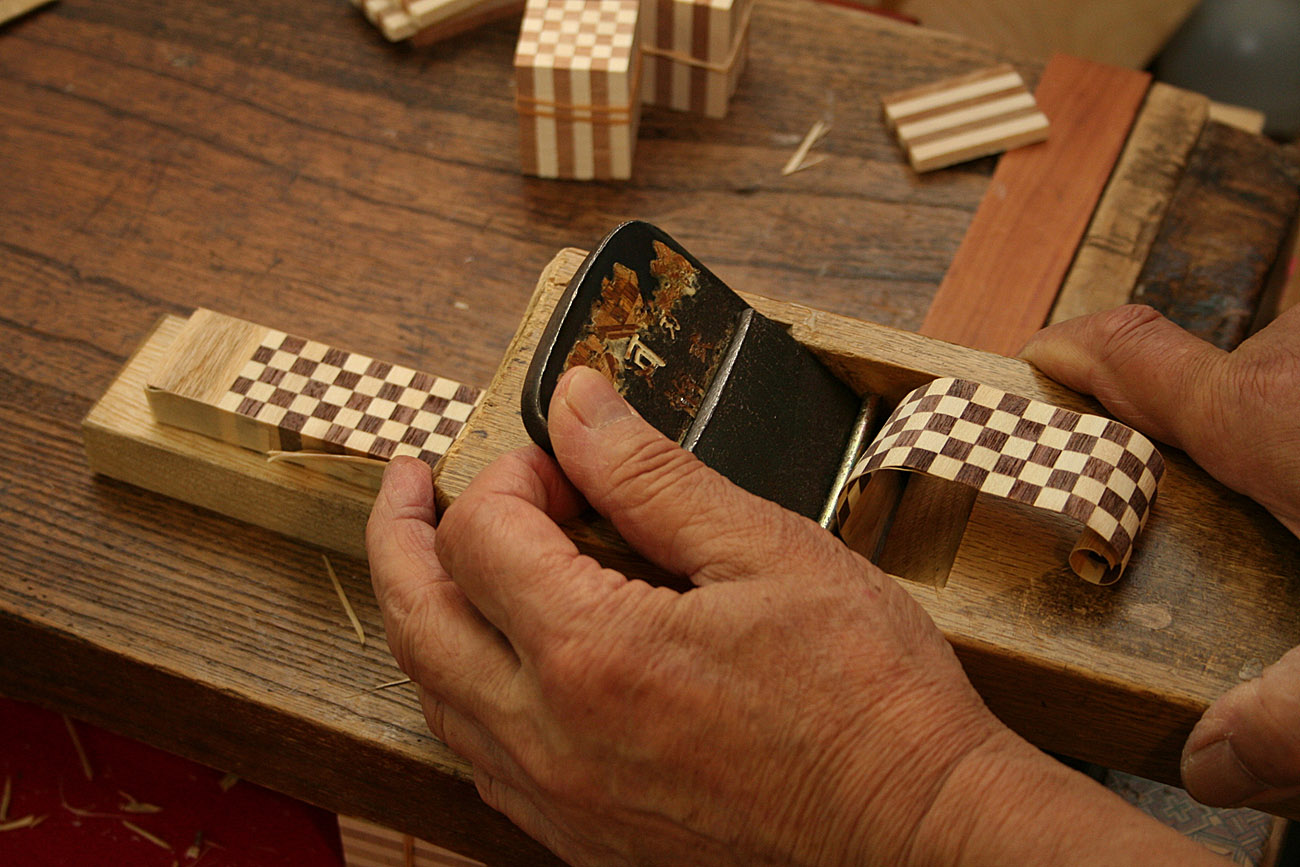
Puzzle boxes, which comprise the representative works of Hakone marquetry, are said to date back to around 1830 during the late Edo period. They came to be called "wisdom boxes" during the Meiji period, and it was around 1894 that a puzzle boxes such as the current types began to be devised by the joinery craftsman Ryugoro Okawa in Hakone-Yumoto. Puzzle boxes are opened by sliding open the side of the box in order. The number of sliding actions that need to be performed range from as few as 4 to as high as 72.
There are many fans and collectors of puzzle boxes in Japan as well as in other countries.
